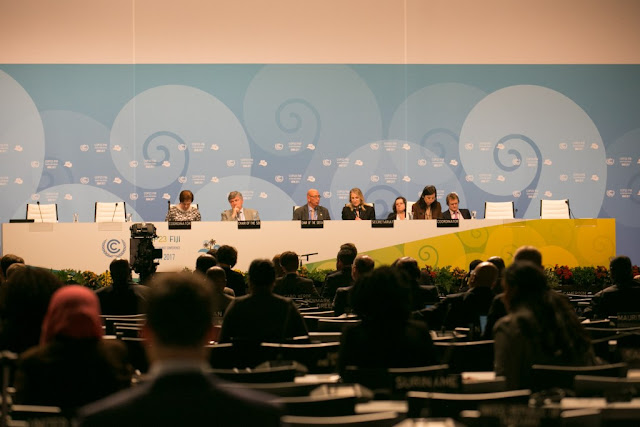Upcoming Challenges to Bangladesh Lubricants Oil Market

By Zulker Naeen Bangladesh’s economy is expected to grow at 6.9 in the current fiscal year (FY18) while the inflation will remain within 6%, according to the latest report of the Asian Development Bank (ADB). Bangladesh attained 7.2% GDP growth in the last fiscal year despite ADB’s forecast of 6.9% growth while Bangladesh was able to contain inflation at 5.4% in the last financial year. Perhaps, the booming economy of Bangladesh is now being considered as a key for analyzing its lubricants oil industry, however, it is the most unresearched market in general, even from the global perspective. However, the Bangladesh market observed a few segments like passenger vehicle oil, motorcycle oil, truck and heavy-duty engine oil, and industrial oil, etc. More segments like railway oil, marine oil, and aviation oil are insignificant compared with other lubricant oil segments. However, the barrel oil segment, especially the monograde market still holds the signi


